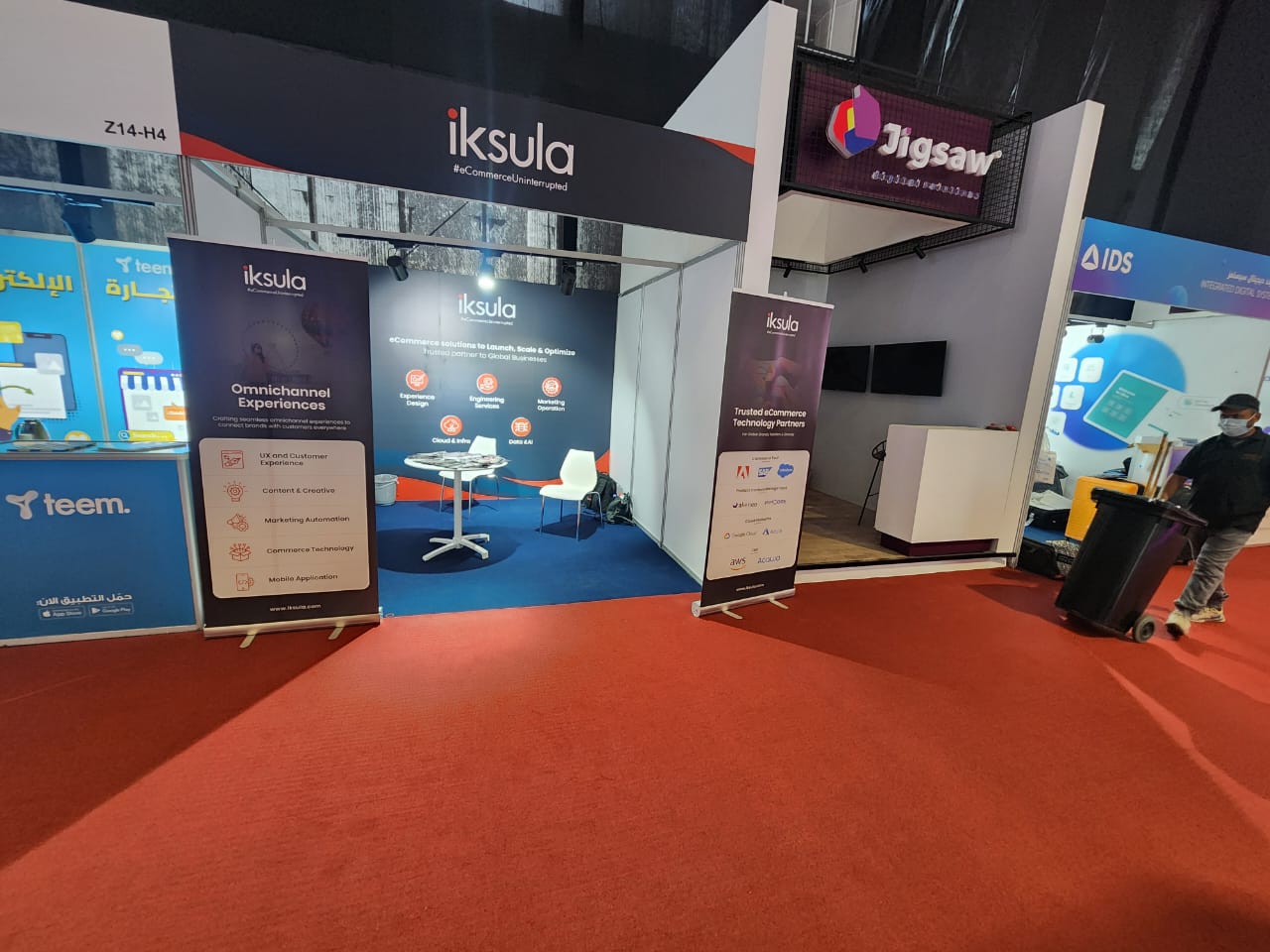E-commerce is becoming an increasingly significant part of the global economy. According to the 2020 Forester report, e-commerce accommodates one-third of US businesses, with over
60% of these transactions occurring through marketplaces. Although it’s tough to compete with giants like eBay or Amazon, the industry is enormous, which leaves many uncovered niches and regions worldwide.
After building your own marketplace, you will face new challenges such as onboarding sellers, managing customers, and expanding operations. This article aims to cover some of the vital aspects you should consider when deciding how to grow a marketplace.
Scaling and launching a business are interconnected processes that can significantly benefit from studying real-life successful examples. Analyzing successful ventures provides valuable insights and strategies. Similarly, learning from the experiences of failed marketplaces offers lessons on what to avoid.
This article explores genuine use cases and workable solutions to help you navigate the tactics and obstacles involved in
growing an ecommerce company.Solutions to Scale Your eCommerce Business Successfully
Invest in Inventory Management Systems
Implement robust inventory management software to track and optimize stock levels. Utilize data analytics to forecast demand accurately and prevent overstocking or stockouts.
Some off the shelf offerings are – Orderhive, Odoo, etc. How does it help?
Preventing Overselling
A marketplace has a high-demand product, and multiple sellers offer it. Without real-time inventory management, there’s a risk of overselling, where more units are sold than are actually available.
Solution: Implementing an Inventory Management System(IMS) ensures real-time tracking of stock across all sellers. When a customer places an order, the system immediately updates the inventory, preventing multiple sales of the same item.
Multi-Channel Integration
An e-commerce marketplace operates on various platforms (website, mobile app, social media). Without proper integration, discrepancies in inventory levels across different channels can occur.
Solution: IMS connects with all selling mediums. Once an item has been sold on any channel, the stock levels across all connecting channels will be automatically adjusted.
Demand Forecasting
Without accurate
demand forecasting, e-commerce marketplaces struggle to prepare for seasonal spikes or promotional events.
Solution: An IMS with demand forecasting capabilities analyzes historical data to predict future demand. This in turn helps the marketplace to manage stock levels, come up with promotion strategies, and adjust the volume of inventory to the expected sales.
Optimizing Holding Costs
Holding excess inventory ties up capital and storage space, increasing holding costs for the marketplace.
Solution: An IMS helps optimize stock levels, preventing overstock situations. This subsequently reduces holding cost and increases efficiency of resource utilization.
2. Partner with Reliable Fulfillment Services
Any online business depends greatly on efficient delivery services hence the need to go for third party logistics support. Seeking partnerships with third party logistics (3PL) providers will assist in managing distribution, storage and processing of orders. This will assist in cutting down shipping expenses and enhance order processing.
Some off the shelf offerings are –
- US – UPS, Easy Ship, etc.
- ME – Aramex, Fetchr, TruKKer
- India – ShipRocket, Delhivery, etc.
Factors to consider while choosing the right 3PL partner –
Technology Integration: Evaluate the 3PL’s technological capabilities and compatibility with your e-commerce platform. A seamless integration ensures real-time visibility into inventory, order processing, and tracking.
Scalability: Choose a 3PL that can scale with your business. Ensure that the provider can handle fluctuations in order volumes, seasonal peaks, and potential business growth without compromising on service quality.
Geographical Coverage: Consider the geographical reach of the 3PL. If your business operates internationally or plans to expand, ensure that the provider can effectively handle shipments to your target regions.
Returns Management: Efficient returns management is essential for e-commerce. Check if the 3PL has a robust process for handling returns, including reverse logistics, inspection, and restocking.
Customer Service: Assess the customer service and communication capabilities of the 3PL. A responsive and reliable partner can help address issues promptly and keep you informed about the status of your shipments.
Flexibility and Customization: Assess the 3PL’s flexibility in adapting to your specific requirements. A provider that offers customizable solutions can better cater to the unique needs of your e-commerce business.
3. Focus on Customer-Centric Operations
In the competitive e-commerce market, offering a personalized, high-quality shopping experience is key to retaining customers and driving repeat purchases. Maintain the quality of your customer service by training staff, using chatbots, and offering multiple support channels. Personalize the shopping experience to retain loyal customers.
A few considerations –
- Using a chatbot that helps service customer needs on a round the clock basis, is vernacular, AI driven, engaging, personalized, helps upselling, etc.
- Implementing a Loyalty program – helps in customer retention, increases customer spending, provides insights into customer spending, helps clear unsold inventory.
- Invest in an intuitive design – Mobile friendly, etc.
4. Scalable Technology Infrastructure
Ensure your eCommerce platform and website can handle increased traffic and transactions. Consider cloud-based solutions that can scale with your business. Scaling the infrastructure of an e-commerce marketplace is a crucial aspect of ensuring it can handle growth in terms of traffic, transactions, and data. Here are steps and considerations to scale the infrastructure effectively:
Performance Monitoring
Use tools to monitor the performance of your current infrastructure. Track metrics such as server response times, page load times, and resource utilization.
Identify Bottlenecks: Identify potential bottlenecks or areas where performance is degrading as the load increases.
Load Testing
Conduct load testing to simulate various levels of traffic and identify how well your infrastructure handles increased loads.
Stress Testing: Perform stress testing to determine the breaking points of your system and understand how it behaves under extreme conditions.
Content Delivery Network (CDN)
Integrate a Content Delivery Network to distribute static content geographically. This reduces latency and improves page load times for users across different regions.
Scalable Hosting and Cloud Services
Consider moving to a cloud-based infrastructure (e.g., AWS, Azure, Google Cloud) for scalability and flexibility.
Auto-Scaling: Implement auto-scaling to automatically adjust resources based on demand. This ensures that your infrastructure scales up during peak times and scales down during periods of lower activity.
Caching Mechanisms
Utilize caching mechanisms to store frequently accessed data, reducing the load on your database and improving response times.
Content Caching: Cache static content at various levels (server-side, CDN, browser) to reduce the need for repeated downloads.
Distributed Architecture
Consider a microservices architecture to break down the application into smaller, independently deployable services.
Decoupling Services: Decouple services to allow for scaling specific components independently based on demand.
Other considerations
- Indexing and Optimizing Databases
- Optimization of Code and Content Delivery
- High Redundancy and Availability
- Security Considerations Monitoring
- AlertsFeedback and Iteration
5. International Expansion
If you’re ready for it, explore international markets. Conduct thorough market research, understand local regulations, and adapt your strategy accordingly.
A few options to consider –
- Embed seamless, cross-border payments functionalities: Providing payment options might be the most important prerequisite for a marketplace hoping to grow internationally. Cross-border payments attract global customers and transform the challenge of receiving and disbursing funds from sellers to buyers, and vice versa, into a competitive advantage for global marketplaces.
- Optimize customer experience and service: To convince businesses to embrace a permanent shift to online buying, marketplaces cannot remain stagnant. Those that innovate to introduce value-added services will emerge as market winners.
A marketplace must test, track, and analyse versions of their customers’ journeys to identify critical success and failure areas. With this information, they can make the necessary improvements and innovations needed to improve conversions on their platform.
Changes to enhance customer experience and support can be simple or comprehensive. They may include writing helpful FAQs for your marketplace, keeping a clean ad-free interface, streamlining the checkout process, and ensuring essential operational elements like shipping are reliable.
- Leverage data: Lastly, the easier a marketplace is to navigate, the more valuable and delightful it is for buyers and suppliers. This is where data comes in. When you know your customers well, you can provide better value and incentivise them towards more positive outcomes on your platform.
Marketplaces may anticipate consumer behavior, proactively manage customer service, and synchronize orders, inventory, and clients with the use of data insights. Additionally, they acquire the intelligence to provide volume-based discounts and personalized pricing according to the needs, preferences, and locations of individual customers.
This article attempts to draw a comparison & parallels between some prominent e-Commerce platforms with both domestic & global operations. We look at some of the operational & technical aspects on how they manage their ecommerce ecosystem and connect the dots with some factors discussed in the article here.










































